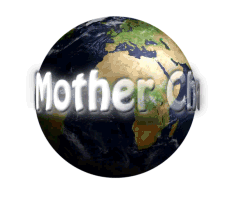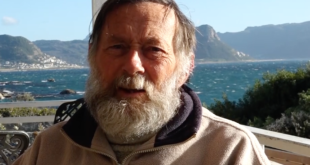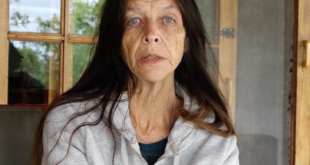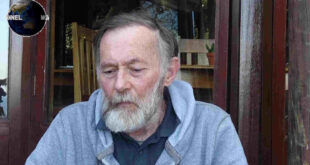mentioned the subject of seeds today, I’m not sure in particular, what you want to refer to. Actually quite an interesting thing. For example, if one considers it from a historical perspective, seeds are actually a fairly recent invention, so to speak, especially if one considers the sort of long history of time. That it’s not as if seeds have been around always, is that initial forms of life, you had other forms of propagation. However, seeds if you like. And really what it’s going is have enabled is a huge proliferation in genetic diversity. And maybe that in itself is significant. It’s one of the aspects to recede is that it perpetuates a diversity of material emerging from a particular living population. All kinds of things that you can say to seeds, but there’s, I think one rather nice idea to bear in mind, as I was about to say, is a very nice way to think of seeds is the seeds, in a sense, are a microcosm of the macrocosm. And I think that’s a really nice thing to bear in mind when trying to understand seeds. So we have within a seed, not only a history, but also literally physically something that is tiny, that becomes much larger of its period as it grows and develops. And if you think about it, also, that carries a lot of implications. So it’s good not only the history of that particular plant into genetics, the history, the more specific history, its recent history of, you know, where its parents were, but also evolutionary history and all the other elements that go to life. So all the other significant dynamics, it’s adaption to water, mineral flow, energy, and so forth. So I think that’s a really nice way to think of it is that it’s a microcosm of the macrocosm. So Cosmos, some people will extend that concept further is that it’s in tuned to separate cosmic influences as well. So it’s not also cosmic history. There, maybe that’s not a very practical perspective to take at this point. The other thing about seeds is they’re very diverse. So a seed can be something that is almost dust like in its proportions, or seed, in the case of something like a coconut can be very large. So you’ve got a huge spectrum. So a seed really depends very much on what particular character it is. You’ve also got a whole lot of different processes happening in the evolution of that seed, you’ve got a whole lot of seeds, that format of self pollination. So that will come if you like a true type. And you’ve got those that are very dependent on a cross pollination process, or that are susceptible to rubbish as you like the perpetuity goes through cross pollination, you have a whole very large range of seeds that are called wind pollinated. In other words, that the pollination goes through very fine dust particles, dust like particles of pollen, that are carried in the wind and settle off from very large distances away. Probably the best example of that would be the grasses, many of the grasses and cereals. But there would be other well known species that are similar, for example, the beet family as tiny pollen, and is a wind pollinated variety. Whereas your self pollinated variety would go for many of the beans. And probably a tomato is one of the best examples where pollination actually takes place before the floor is open. I’m not sure just whether you have particular practical questions on it.
 Mother Channel Environmental, climate change news and media.
Mother Channel Environmental, climate change news and media.



